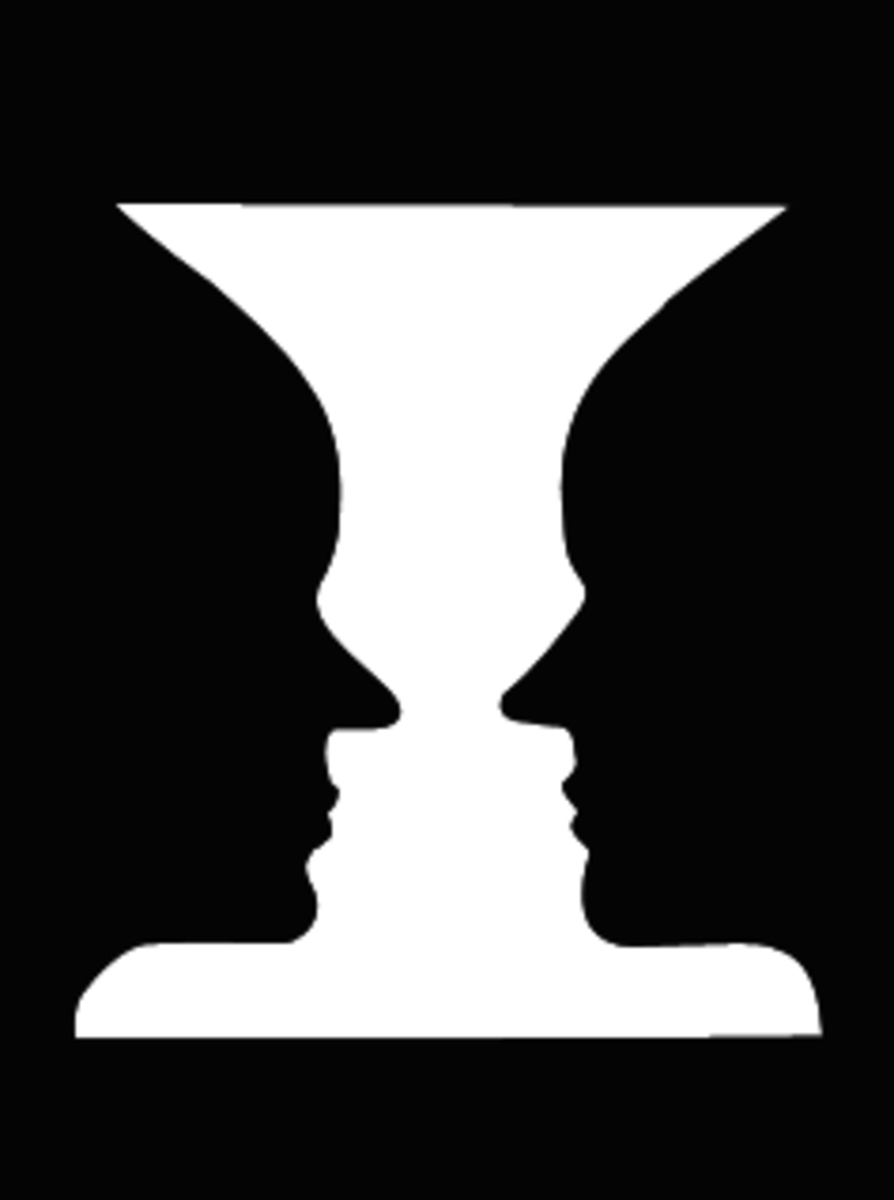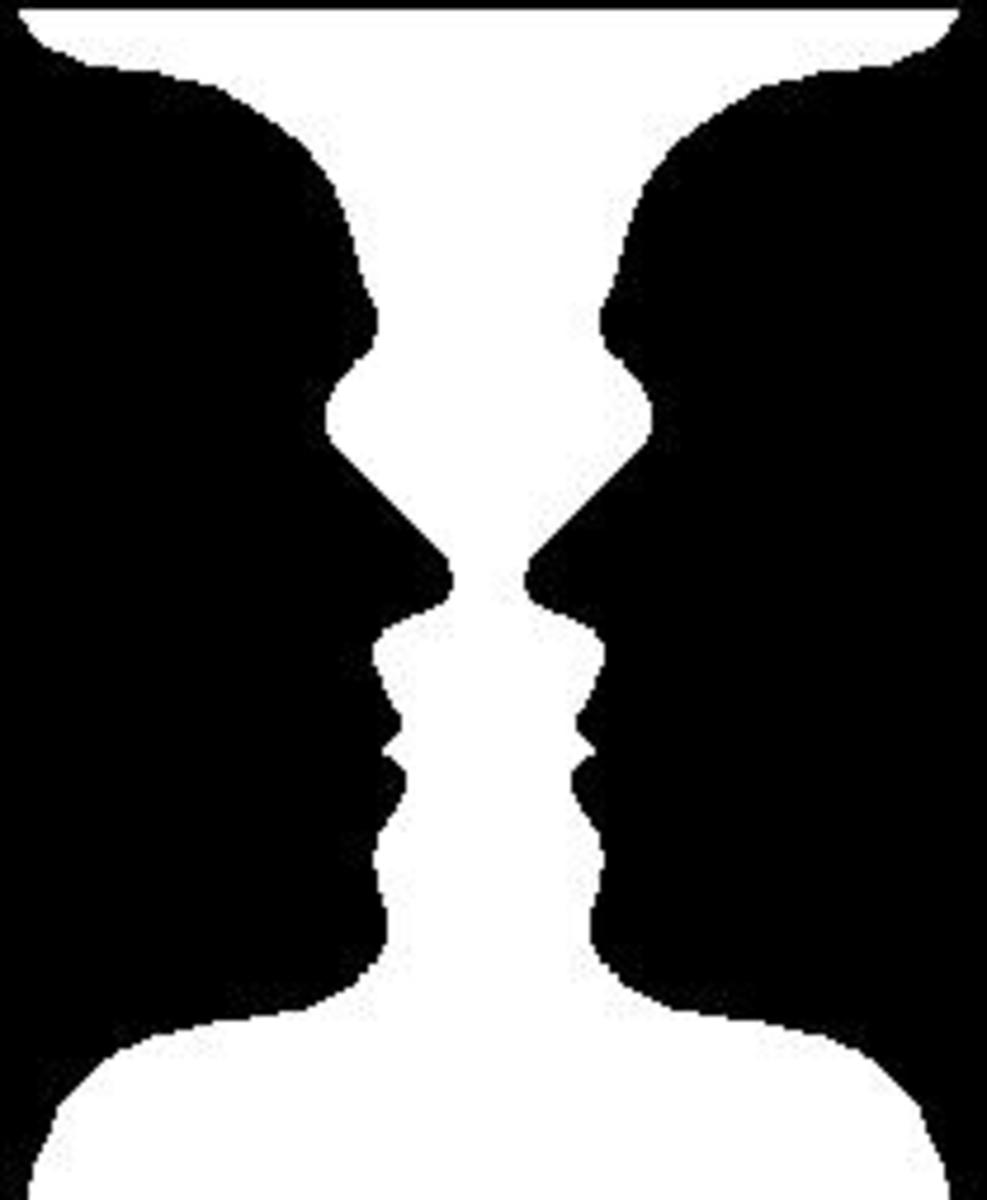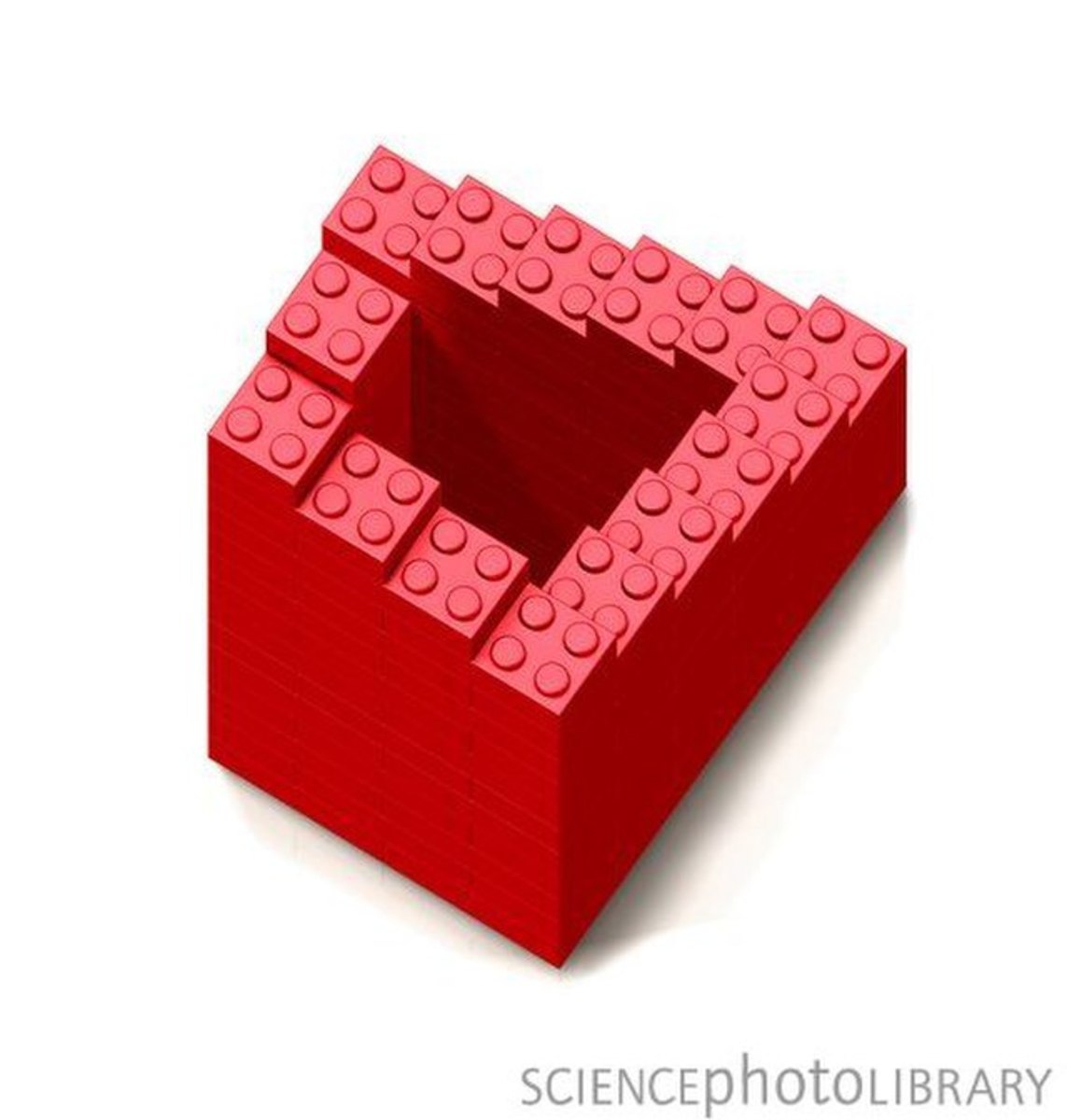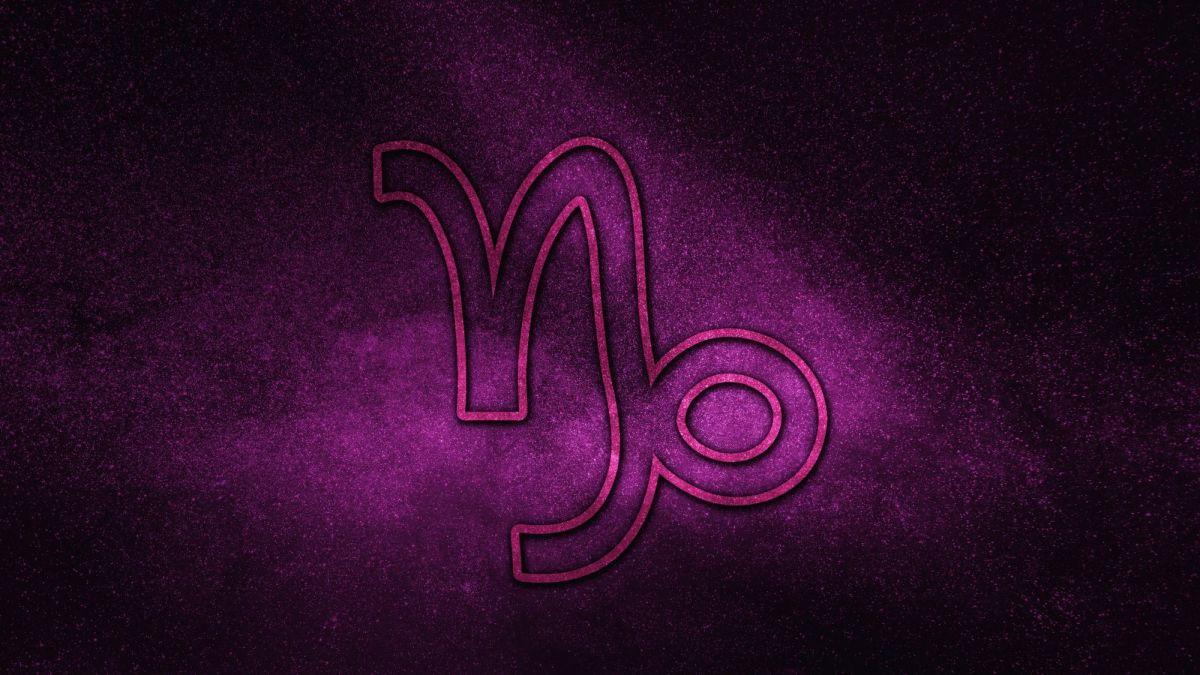Trompe l'Oeil and Optical Games: the Archetype of Illusion in the Tarot
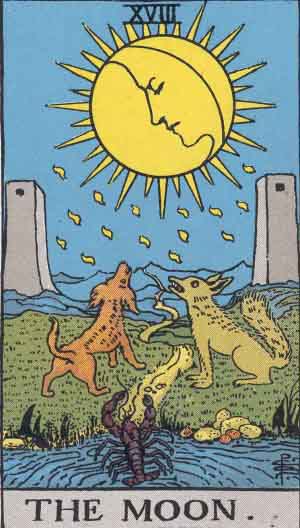
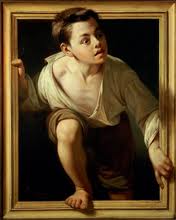
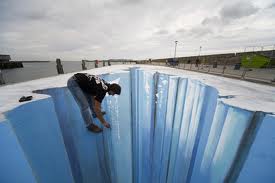
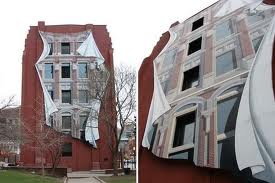
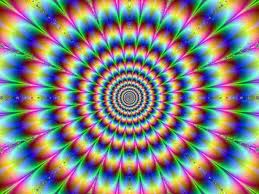
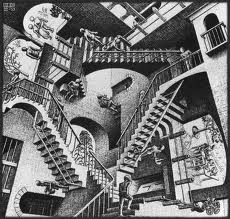
Optical illusions alert the viewer to the fact that not all is what it seems,a very valuable lesson in life
Rather than talking about the fact that life may indeed be an illusion, or that what we perceive like reality may in fact be a long dream rather than the ‘real world’, I’d like now to talk about ‘optical illusions’: I have personally always been fascinated by trompe l’oeil and ‘magical’ pictures because they reveal far more than it seems at first sight. An optical illusion is a small optical game, and there can even be an underlying sense of irony to it: it’s as if the artist is winking at you, jokingly, knowing very well that you will fall into the ‘trap’, even if it’s for a split second. It’s the equivalent of a verbal joke or a nudge: I like the subtlety one can use in the visual domain, where the environment, colour, and the viewer’s expectations can all play a role in creating the illusion.
In the tarot the archetype of illusion is represented mainly by ‘The Moon’, in the major arcana: this card is not alone by any means, as I will illustrate shortly. The light that seems to emanate from the moon is in itself an illusion: it’s in fact ‘reflected’ light from the sun. Everything seems gentler and ambiguous in the silvery lunar atmosphere, so we might be led to believe a truth that is in fact illusory; danger may also lurk in the shadows. The night is a time of mystery and reflection: illusion and delusion is all the more likely as it’s difficult to have an objective view of the situation if the light is playing so many tricks.
This is a very human problem, as we sometimes tend to be unable to be objective. Our rationality may not be in touch with our intuition: if one makes a decision based on subconscious emotions (that may be based on an unresolved problem) or prejudice rather than on how we honestly feel about things, the result is a ‘wrong choice’. Of course there are no wrong choices really: each and every decision in our lives is taken according to what we know and believe at that moment in time. Ten years later our choice might be radically different.
Illusion and delusion are part of the human experience: so is the crumbling of an illusory belief and being enslaved by pleasure. The cards that deal with the above are ‘The Tower’ and ‘The Devil’. While the devil is more associated to addiction rather than illusory beliefs, there is an element of misguided trust: this card represents materialism divorced from the soul, and the putting material pleasure above anything else, which results into enslavement to materialism. When the soul denies the centrality of spiritual values, it creates an illusory world where only the material is relevant. Humans are primarily spiritual beings: when this fundamental truth is denied, the body-mind-heart system will be inevitably depleted, and the individual will be devoured by the material reality, rather than being supported by it.
While the devil expresses servitude, the tower expresses cleansing and rebirth: the old structure is crumbling and will inevitably disappear, to make place for the new. All illusion will be violently swiped away: the process doesn’t promise to be gentle (quite the opposite!), but it can be rather positive.
‘Illusion’ is represented as the inability to see clearly in the moon; as false beliefs in the devil; and as rapid and possibly painful change that swipes away the old in the tower: these are three key aspects of lacking clarity and grounding.
As I mentioned earlier, I find optical illusions fascinating: I also think that they alert us, psychologically speaking, to the possibility that not everything is what it seems in life. There are different kinds of optical illusions: ‘trompe l’oeil’ is one that plays with depth and location for example, and so are some geometrical illusions (a few interesting samples are here illustrated: a picture, after all, paints a thousand words!).
Trompe l’oeil makes use of a surface, tricking the viewer into thinking that there is instead an open space or an object of sorts, cleverly ‘dressing’ an otherwise bland surface: a technique very much used during by Renaissance painters and beyond, but adopted in all sorts of pictorial ways. I have seen it used by street artists to give the impression that there is an opening in the street as opposed as pavement, or on a wall to create an object or a view, and the effect is remarkably clever and amusing.
Geometrical illusions create the same impression of depth but out of a real-life context such as a home, a church, a street etc.: so there are shapes that seem to have a weird volumetric balance, or stairs that never end, floors that cannot be and so on. One can also have pictures that can be seen in two different ways, such as the ones that depict a landscape or two faces for example; there are two different levels of ‘reading’ the picture, and the fun part is that different individuals will see either one aspect or the other: this is in itself very interesting, as it poses the question, “how do we visually ‘interpret’ pictures?”. One way or the other such pictures are ‘illusions’, and they play on the knowledge that the viewer will inevitably discover the ‘trick’ sooner or later: so there is a sort of communication, a hidden message to be deciphered.
The problem with the archetype of ‘illusion’ is that there is a hidden meaning in the otherwise apparently simple situation at hand: the tarot is more than an ancient form of divination, it can be interpreted as a rudimental attempt of classification of human types and behavioural archetypes. In times where most people could not read or write, a pictorial representation of what we would describe in our times as ‘behavioural psychology’ provided a ‘forum’ for discussion and reflection on human issues: the tarot is a primitive form of psychology.
‘Illusion’ is a very modern problem. There are whole industries dedicated to aspirational products and aspirational lives, such as the ones we are sold through the entertainment industry for example. There is a constant, brainwashing, and relentless machine that feeds us with an idea of what is beautiful and desirable, when in fact our main resource is internal, rather than external, in terms of happiness: ‘illusion’ has become a multimillion industry, not as innocent and fun as tromp l’oeil and optical games.
Is life an illusion? Or is it difficult to come to terms with reality, and it’s therefore easier to create a ‘delusion’? I have answered this question for myself, and I know that seeing through the illusion is somewhat hard at times, but definitely worth it, as happiness is based on who we really are, not who we are told we are: awareness is not always the easy choice, but it’s the right choice.



